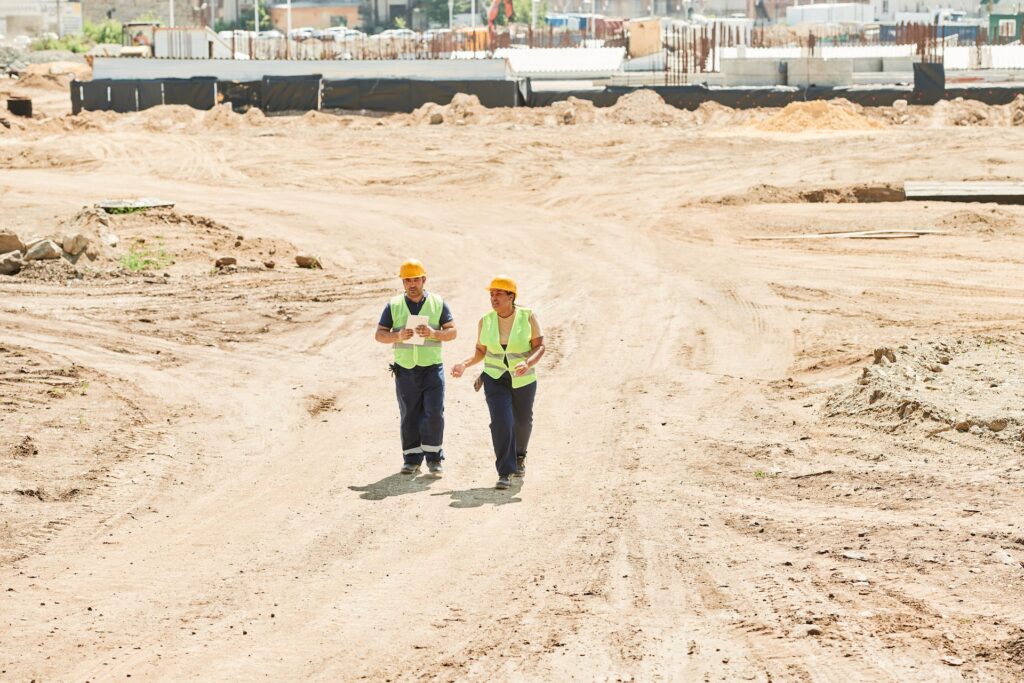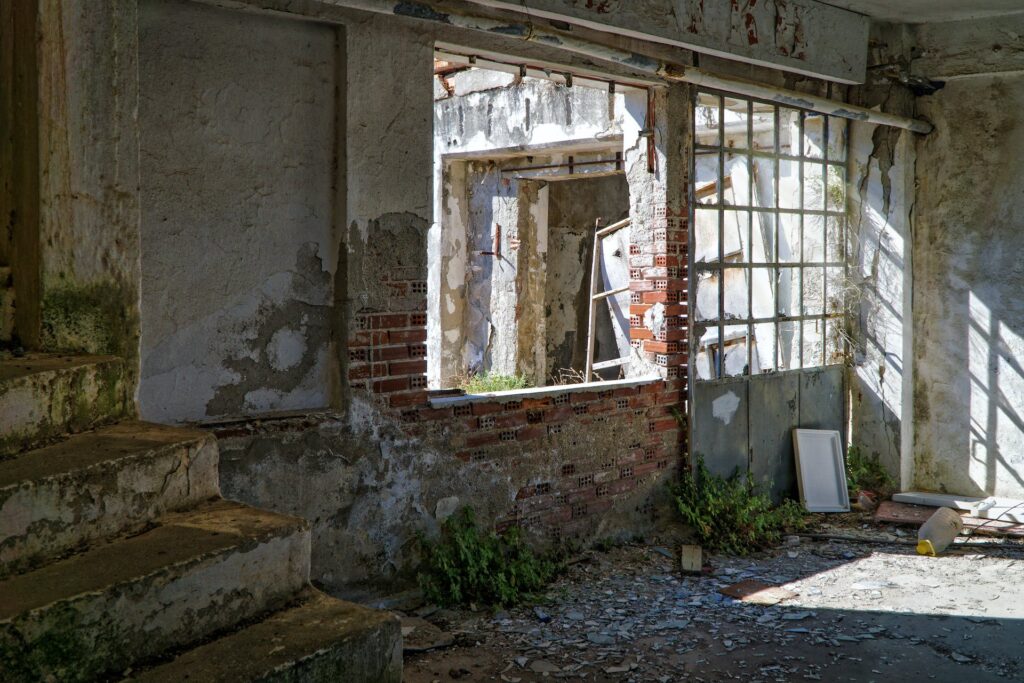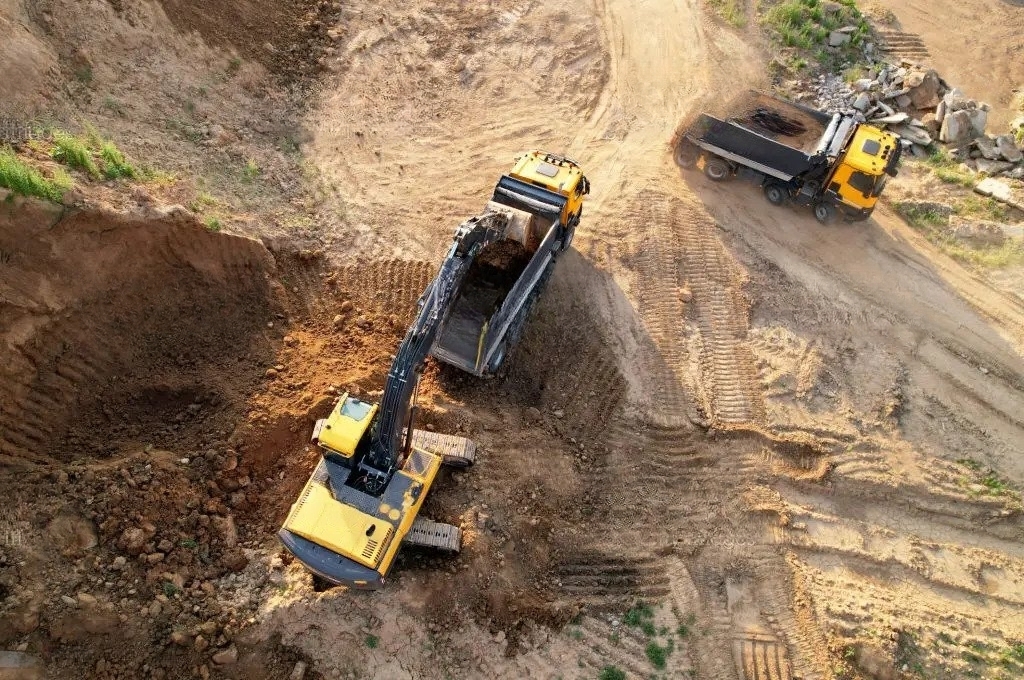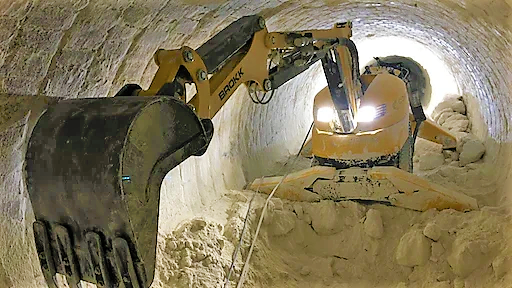Demolition is an integral part of urban development and infrastructure renewal around the globe. From towering skyscrapers to aging bridges, various structures eventually reach the end of their useful life, necessitating their removal to make way for new construction or repurposing of the land. However, the methods employed for demolition can vary significantly depending on factors such as the structure’s size, location, materials, and surrounding environment. Let’s delve into the diverse range of demolition techniques utilized worldwide.

Traditional Demolition
In many parts of the world, traditional demolition techniques still prevail, involving manual labor and basic tools such as sledgehammers, jackhammers, and wrecking balls. While these methods may seem rudimentary, they are often employed for smaller structures or in areas where advanced equipment is not readily available.
Implosion
Perhaps one of the most visually striking demolition techniques is implosion, wherein strategically placed explosives are used to collapse a building inward on itself. This method requires careful planning and precision to ensure the structure falls within its footprint, minimizing damage to surrounding buildings and infrastructure. Implosions are commonly used in densely populated urban areas where space is limited.
High-Reach Excavators
Skyscrapers and tall structures pose unique challenges for demolition crews. High-reach excavators, equipped with specialized attachments such as demolition shears or hydraulic hammers, are often utilized to dismantle buildings from the top down. This method allows for controlled deconstruction, reducing the risk of collateral damage to adjacent structures.
Selective Demolition
In situations where only a portion of a structure needs to be removed, selective demolition techniques are employed. This involves carefully dismantling specific components while leaving the rest of the building intact. Selective demolition is common in historical preservation projects or when repurposing existing structures for new uses.
Deconstruction
Unlike traditional demolition, which focuses on rapid destruction, deconstruction prioritizes salvaging materials for reuse or recycling. This sustainable approach involves carefully disassembling buildings piece by piece to recover valuable materials such as wood, metal, and masonry. Deconstruction not only reduces waste but also promotes resource conservation and supports the circular economy.
Wire Sawing
Wire sawing is a precision cutting technique used to slice through reinforced concrete, steel, and other tough materials. This method employs a wire embedded with diamond beads and guided by pulleys to create clean, precise cuts without causing vibrations or structural damage. Wire sawing is particularly useful in situations where conventional cutting tools are ineffective or impractical.
Hydraulic Bursting
Hydraulic bursting is a non-explosive demolition method used to break up concrete and masonry structures. This technique involves placing hydraulic cylinders within the structure and applying immense force to fracture the material from within. Hydraulic bursting is preferred in urban environments where noise and vibration must be minimized to avoid disruption to nearby residents and businesses.
Cold Cutting
Cold cutting techniques utilize specialized equipment such as water jets or abrasive saws to slice through materials without generating heat or sparks. This is particularly useful when demolishing structures containing flammable or hazardous materials, as it reduces the risk of fire or explosion. Cold cutting is also environmentally friendly, as it produces minimal dust and airborne pollutants.
Explosive Demolition
While less common than implosion, explosive demolition techniques are still used in certain situations where other methods are impractical. Controlled explosions are carefully orchestrated to weaken key structural elements, causing the building to collapse in a controlled manner. Explosive demolition requires meticulous planning and coordination to ensure the safety of workers and the surrounding community.
Underwater Demolition
Demolition projects involving submerged structures, such as bridges or offshore platforms, require specialized techniques tailored to the underwater environment. Underwater cutting tools, hydraulic breakers, and remotely operated vehicles (ROVs) are employed to dismantle structures beneath the surface while mitigating environmental impact and ensuring diver safety.
In conclusion, the world of demolition encompasses a diverse array of techniques, each tailored to the unique challenges posed by different structures and environments. From traditional methods relying on manual labor to advanced technologies such as implosion and deconstruction, demolition crews around the world employ a combination of skill, innovation, and precision to safely and efficiently remove structures and pave the way for new beginnings.




